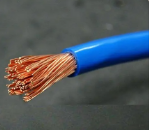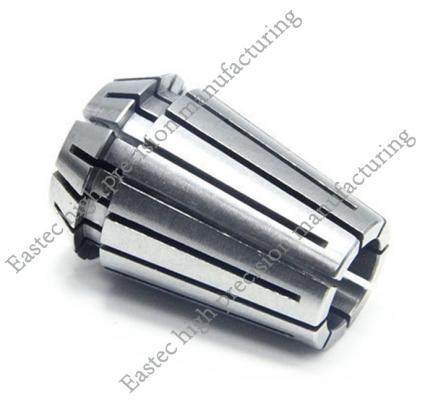The core of thermal fusion fastening technology lies in its unique process. When a screw rotates at high speed and comes into contact with a metal sheet, the heat generated by friction causes localized softening of the metal, forming a plastic deformation zone. As the screw continues to rotate, it gradually penetrates the sheet, forming threads during the penetration process. Since this process occurs at high temperatures, the fluidity of the metal is enhanced, allowing the screw to form threaded connections directly on the sheet without the need for pre-drilled holes.
The advantages of this technology are mainly reflected in the following aspects:
1. **No Pre-Drilling Required**: Traditional fastening methods typically require pre-drilling holes in the connecting parts, whereas thermal fusion fastening technology eliminates this step, simplifying the production process and improving efficiency.
2. **Single-Sided Connection**: Thermal fusion fastening technology can achieve connections with only one-sided access, which is particularly important for closed profiles or situations where access from both sides is difficult.
3. **Removability**: Unlike permanent connection methods such as welding, the connections formed by thermal fusion fastening technology are removable, facilitating maintenance and replacement.
4. **Reduced Deformation**: Since the heat generated during the thermal fusion fastening process is concentrated in the contact area, the overall deformation of the sheet is minimal, helping to maintain the precision and appearance of the workpiece.
5. **Strong Adaptability**: This technology is suitable for a variety of metal materials, including aluminum alloys, magnesium alloys, and high-strength steels, and is widely used in industries such as automotive, aerospace, and electronics.
In the automotive industry, the application of thermal fusion fastening technology is particularly widespread. For example, in the connection of body structures, traditional welding methods may cause material deformation, affecting the precision and strength of the body. In contrast, thermal fusion fastening technology can achieve strong connections without significantly affecting material performance. Additionally, with the trend towards lightweight vehicles, the use of lightweight materials such as aluminum alloys is becoming increasingly common. Due to its strong adaptability to materials, thermal fusion fastening technology has become an ideal choice for connecting these materials.
However, thermal fusion fastening technology also faces some challenges. For instance, precise control of process parameters is crucial to ensure connection quality. Excessive rotational speed or pressure may cause the material to overheat or even burn through, while insufficient parameters may fail to form effective threaded connections. Therefore, equipment manufacturers and users need to work closely together, conducting experiments and optimizations to find the best process parameters.
In summary, with its unique process advantages and broad application prospects, thermal fusion fastening technology is becoming an important development direction in the fastener industry. As the technology continues to advance and its applications deepen, it is expected to be promoted and applied in more fields in the future.





 Customer service 1
Customer service 1  Customer service 2
Customer service 2